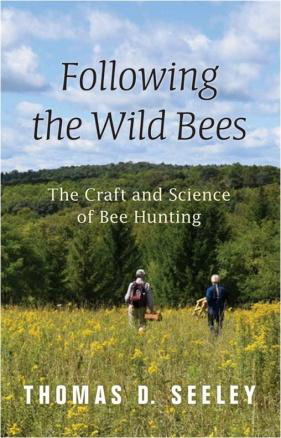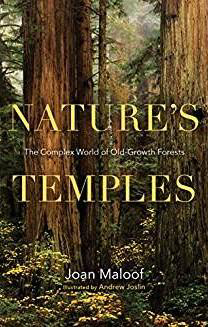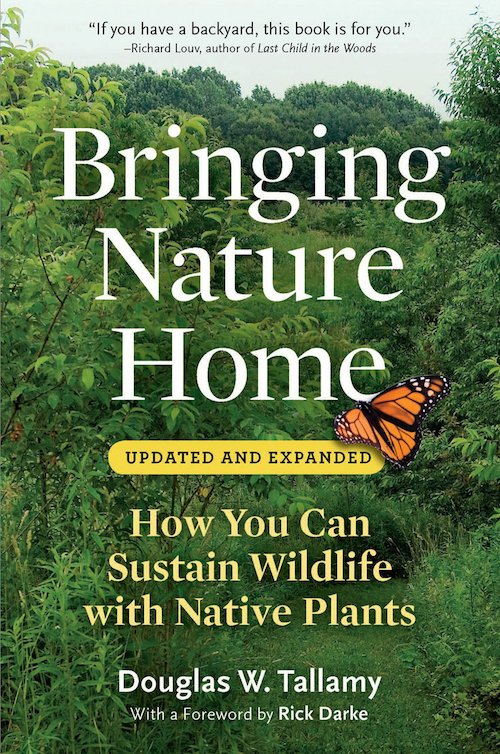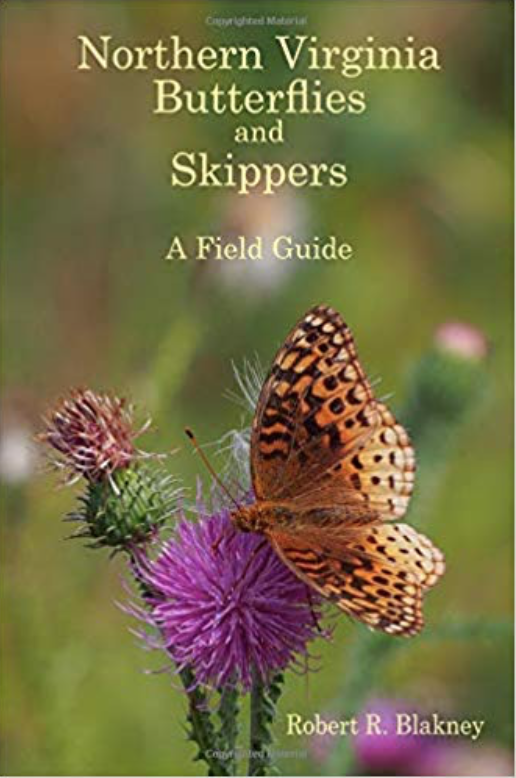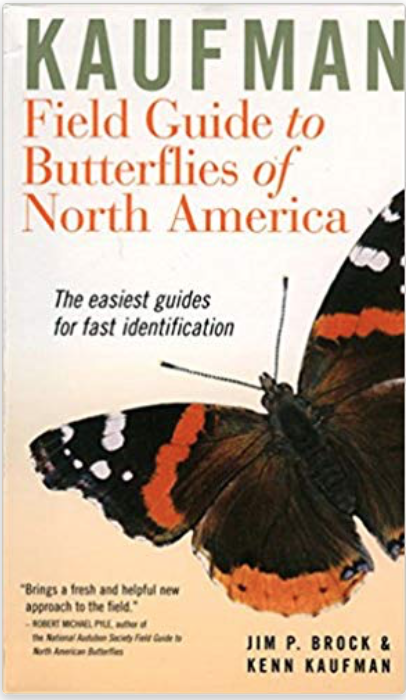Recommended Binoculars for Bird watching from a few trusted sources!
The following are snippets from an online discussion. All three are providing good info to sort through.
JEFFREY W WRIGHT, NN Butterfly and Bird Count Compiler, past president Northern Neck Master Naturalists, pec11908@me.com
My "go to” binoculars are 8.5x42 waterproof/fog proof and with a fairly good close focus. Ideal for general birding and birding in forests with fast moving small species, and the “SUV” of binoculars.
The binoculars I use for the Winter Waterfowl Count, Christmas Bird Counts, and for surveys for the Virginia Breeding Bird Atlas, and other species counts are 10x50s. 10x42 or 10x50 are superb for looking for birds on or over the water and viewing in marshes swamps and the wonderful birding areas of the NNK and MP.
I highly recommend 8x40 or 8.5x42 as a great “forever” purchase to hook you on birdwatching and for observing Mother and Father Nature. 8X40 are also the most recommend binoculars by most of the birding groups and organizations that provide binocular guides for their members.
Here are two articles from within the Audubon community that try to shed light on what is optimal for birding and for birding where there is shoreline and a lot of birds to find flying and at a distance. Bay and river birding is amazing in our region.
https://ny.audubon.org/news/guide-birding-binoculars
https://www.audubon.org/gear/binocular-guide
No matter what power binoculars you think work best for you there are a lot of good binoculars - both new and used - available. No matter what you get please make sure they are waterproof and fog proof. A lot of them these days also come with lifetime warranties.
KEVIN HOWE, past president Northern Neck Master Naturalists, juniper@erols.com
Small compact binocs, such as the Pentax Papilio (8 x 21), are light, small and easy to carry, and useful for things close to you (e.g. butterflies). But for things farther away, the field of view is so limited that small objects like floating or flying birds are very are hard to find. And your suggestion of a 7 power is important because the higher power (above 8) is difficult to hold without seeing a shaky image. Unless they are an image stabilizing binoculars like those made by Canon – they are fabulous but very expensive and heavy but do an excellent job of holding an image.
DAVID H. HERNDON, USCG Auxiliary, dhherndon@aol.com
A very good choice for waterfowl bird watching is the standard marine binocular which is a 7 by 50 (7 power with a 50 aperture). When not using this type for bird watching, it can easily be used on your boats. Because of its great light-gathering power, it also works well in dim light. 7 by 50 binoculars are sold by almost all binocular manufacturers and are easy to find in marine retail stores and online.
Waterfowl Identification Resources:
Ducks at a Distance, Bob Hines, Department of the Interior, US Fish and Wildlife Service (classic!)
OMG - That is a Bob Hines classic publication. Came out in 1963 and was the Duck bible for years. Got my copy (long lost) in an Ornithology class in the 60’s. He was the (!) US Fish & Wildlife artist for years and years. No formal training as an artist nor biologist but great illustrator. All birders back in the day used that classic. Thanks for sharing. -Kevin Howe
Waterfowl / Shorebirds Field Guide
https://www.chesapeakebay.net/discover/field-guide/all/birds/shorebirds
The Chesapeake Bay Program is a unique regional partnership that has led and directed the restoration of the Chesapeake Bay since 1983. Fellow Master Naturalist Lee Arslan finds this online resource quite helpful. Perhaps you will also. Check out all the Field Guides available! Drill down through dropdown menus for more content.
Apps for the Field —
Can be downloaded from the Apple and Google stores
iNaturalist - iNaturalist is a social network for sharing biodiversity information, helping each other learn about nature. It is also a connection between citizen science and the science community.
When you add the following “projects” to your iNaturalist account any images you upload from the Northern Neck will be automatically tagged to these locations. This will add to the public databases.
Biodiversity of Belle Isle State Park, Virginia, USA
Biodiversity of the Northern Neck, VA, USA
Biodiversity of Westmoreland State Park, Virginia, USA
Virginia Wildlife Mapping
Using iNaturalist: Ana Leilani Ka’ahanui, Co-Founder and Director of Experiential Programs at Capital Nature offered this webinar recently about using iNaturalist: https://youtu.be/DHMpnvv8LVA.
eBird is a global birdwatching, citizen science project run by the Cornell Lab of Ornithology. Using eBird involves taking a bird walk where you record a checklist including time, place, bird species and number of birds observed. You then submit this checklist to the Cornell Lab via the eBird website, giving the ornithologists data for bird population models.
Merlin, free ID help for global birds by Sound ID, Photo ID, and Global Bird ID Help. Head to your App Store and download to your mobile phone.
Seek, description to come.
The Virginia Herpetological Society invites citizens to report box turtle sightings using their online Box Turtle Reporting Form. By contributing data on sightings, "citizen scientists" will help biologists monitor population trends and create distribution maps that will be used to develop conservation strategies to ensure that the species continues to thrive. More about Woodland Box Turtles can be found at DWR https://dwr.virginia.gov/blog/become-a-citizen-scientist-and-help-box-turtles/
Merlin Bird ID: Tips, Tricks, and Updates (CE)
Discover the powerful hidden features that make the Merlin app even more useful—including the much anticipated “Save My Bird” feature. You are now able to save a list of the birds that you’ve identified, so you can relive those sightings and keep track of your life list! View the Merlin webinar recording.
Uncovering Historical Data with Nest Quest Go! (CE)
Nest Quest Go! is a Cornell Lab of Ornithology program dedicated to digitizing and transcribing more than 300,000 nest record cards that span four decades of data. Learn how this project engages thousands of Zooniverse volunteers to transcribe these cards and the impact the historic data set will have on future research. You'll also get to hear stories about the original observers. View the Nest Quest Go! webinar recording.
All About BirdNET (CE)
Learn how to identify birds by sound with the Cornell Lab of Ornithology's free BirdNET mobile app and website. Advances in machine learning are making it easier to identify birds by their sounds. Recording includes Q&A with BirdNET developer Stefan Kahl. View the BirdNET webinar recording.
Nest Talk with NestWatch (CE)
Do you have questions about nests and baby birds? Robyn Bailey and Holly Faulkner talk about nesting birds and the Cornell Lab of Ornithology's NestWatch citizen-science project and answer audience questions. View the NestWatch webinar recording.
Bird Cast
The BirdCast project aims to empower everyone to see nocturnal migration in a new light through access to tools to monitor, predict, and understand avian movements. eBirders can take advantage of BirdCast’s forecasting and monitoring to guide their birding, and cities can use BirdCast to plan Lights Out initiatives to prevent bird strikes, as well as contribute to efforts to understand and track migration.
For more information, click here.
Helpful Resources from our Sponsors
Virginia Department of Forestry - Tree and Forest Health Guide By Ellen Powell, VDOF
Virginia Department of Forestry (VDOF) has a new Tree and Forest Health Guide, available in PDF format from the agency website (23.5. MB) or here (10.35 MB).
This book was originally created for VDOF field staff who encounter tree health issues every week, but it’s also a great resource for Virginia Master Naturalist volunteers. The guide has sections on insects, other animals, diseases, and abiotic factors that affect tree health. There are multiple photographs for most issues, and the symptom descriptions and management recommendations are easy to understand. The book also has a helpful index to common pests and diseases listed by tree species





